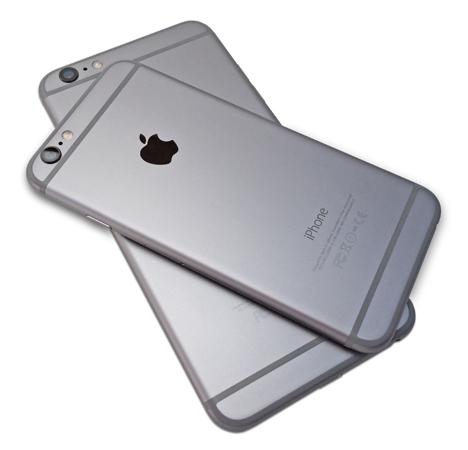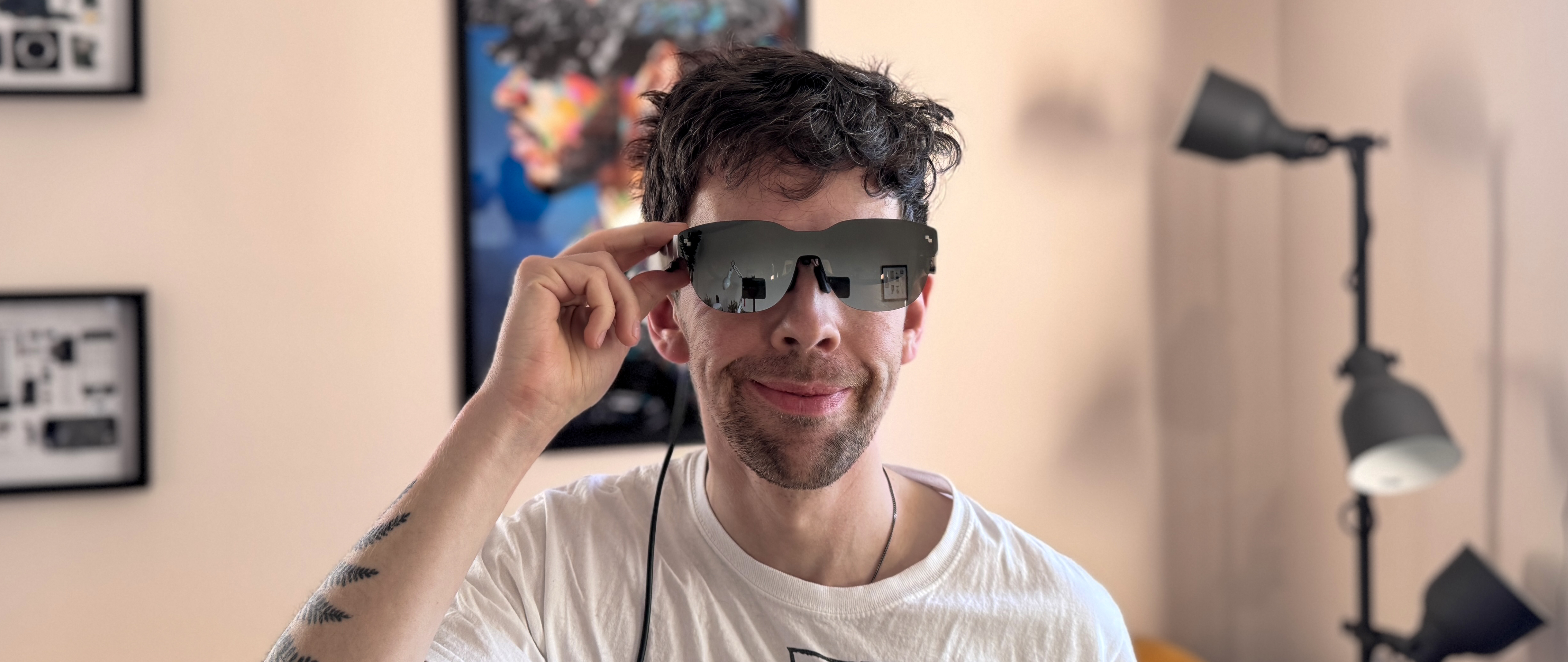Apple Acquisition May Give Next iPhone DSLR-Like Camera
The acquisition of LinX by Apple could lead to DSLR-like camera quality for the next iPhone.

The next iPhone's camera could rival your DSLR, thanks to a new acquisition made by Apple. The Cupertino, Calif., hardware giant has acquired LinX, a company that specializes in making powerful, small camera modules, for an estimated $20 million.
LinX creates smartphone and tablet cameras that are designed to offer rich color fidelity, strong low light performance and low shutter lag. The company's camera can also track depth, allowing for features such as post-shot refocusing and 3D modeling.
MORE: iPhone Rumors - 6S, 6S Plus and 6C Arriving in 2015
It's not surprising that Apple is looking to stay on top of the smartphone camera game. According to data from Flickr, the iPhone is the most used-camera on the image-sharing site, beating out dedicated cameras from companies such as Canon and Nikon. The new Samsung Galaxy S6's excellent 16-megapixel camera is one of the best we've seen on any smartphone, giving Apple all the more reason to beef up its camera offerings for future devices.
An improved camera is one of several new features expected to come to the next iPhone, which could arrive in iPhone 6s, 6s Plus and 6 mini variations. Apple's next generation of handsets is rumored to tout the haptic Force Touch technology found in the new MacBook, as well as more RAM for faster performance. The iPhone 6s and 6s Plus are expected to run on new Apple A9 processors, while the more affordable 6 mini may feature the current A8 chip.
While we likely won't be seeing new iPhones until September, it shouldn't be long before we see what software the new phones are going to run. Apple is expected to showcase iOS 9 at its upcoming Worldwide Developers Conference in June, so stay tuned for the news out of Cupertino, Calif., as it unfolds.
Source: The Wall Street Journal
Sign up to get the BEST of Tom's Guide direct to your inbox.
Get instant access to breaking news, the hottest reviews, great deals and helpful tips.
Mike Andronico is Senior Writer at CNNUnderscored. He was formerly Managing Editor at Tom's Guide, where he wrote extensively on gaming, as well as running the show on the news front. When not at work, you can usually catch him playing Street Fighter, devouring Twitch streams and trying to convince people that Hawkeye is the best Avenger.
-
luissantos I thought both Apple and payed article writers had been claiming that the iPhone camera was DSLR-like for years.Reply -
Larry Litmanen ReplyDSLR-like in a phone? Ok. you wish
The issue is DSLRs are a relatively niche product so competition and research is limited. For Apple camera is a very important selling point, they have more money and they sell so many more phones than Canon or Nikkon can move their DSLRs.
By the way i have the cheapest DSLR you can buy and images are AMAZING, i love them. But over the long term companies like Apple and Samsung and others just have so much money and field is so much more lucrative that over the long term they will probably develop a product that is close to DSLR, if not with existing technology they will simply develop new technology.
Look how many people said phones will never take better pics than cameras, how many people now use phones as a replacement for point and shoots.
-
wiyosaya The thing that will give this DSLR performance is optics that are equal or superior in quality to the "big glass" that DSLRs use. So far, no consumer grade company has yet figured out how to take advantage of the laws of physics to make a small lens that is anywhere near as good as the "big glass" of the DSLRs.Reply
Furthermore, even though use of i-whatever cameras is greater than that of DSLRs, I highly doubt that you will find a pro photographer shooting their pro work with an i-whatever due to the fact that the "big glass" simply outperforms an i-whatever's small glass limitations. -
dstarr3 ReplyThe issue is DSLRs are a relatively niche product so competition and research is limited.
I spent four years of my life as a camera salesman, and I can tell you that DSLRs are not even slightly niche.
And Samsung does make DSLRs.
And really, your entire comment is just one big mess. -
house70 ReplyDSLR-like in a phone? Ok. you wish
The issue is DSLRs are a relatively niche product so competition and research is limited. For Apple camera is a very important selling point, they have more money and they sell so many more phones than Canon or Nikkon can move their DSLRs.
...
DSLR a niche product? OK, if you consider that all the professional photographers out there are using them, all the newspapers, sports article writers, advertising firms, multimedia companies, basically any and all visual material that reaches your eyes (excluding family/friends' photos, most of them) on a daily basis is created using DSLRs, that would be a niche the size of Grand Canyon.
Or maybe you need to look up the meaning of 'niche'. If anything, amateur image capture is a niche endeavor, also known as a hobby.
Don't believe me, just go out and look around. All the still images you can see (ads, posters, logos, photos, etc.) were created using a DSLR in the process.
Phone camera sensors are barely reaching the level of a point-and-click camera, but they're not even there yet (the only phone that had that was that Samsung device that looked like a camera with phone capabilities, not viceversa). -
gggplaya The two largest challenges for smartphones is high ISO performance and depth of field. Now, you can simulate narrow DOF in software, but you can fake high ISO low light performance. DSLR's still rule when taking serious pictures with high MP and lens clarity, and for action, and low light.Reply
Others like dynamic range and color depth and range still leave a bit to be desired from such a small sensor.
RAW is coming, but i exclusively only shoot in RAW with my canon 6D. Most smartphones still need that. -
dstarr3 Anyway, one of the greatest limiting factors in photo quality is light transmission. You simply need larger apertures to allow in more light. And with larger apertures come larger lenses and larger sensors. This is why DSLRs make such vastly better photos than point-and-shoots or cell phones. Unfortunately for those that want professional quality in their pocket, it's just not possible. Size is absolutely necessary. It was true in the film days, and it's true in the digital days.Reply
I saw the recent article about the LG phone with an f/1.8 maximum aperture. Awesome, that's a step in the right direction, but "f/1.8" on a cell phone is not the same as f/1.8 on an SLR lens. That aperture measurement is a ratio calculated against the size of the rear element of the lens. So, f/1.8 sounds great, but because the lens is so tiny, so is the aperture, and that still means terrible light transmission.
It's like fighting fires with a garden hose vs. a fire hose. The sheer size of the hose allows more water flow, and gets you better results. Light works the same way. You simply need more light to make better photographs. And more light is something only size can provide.

